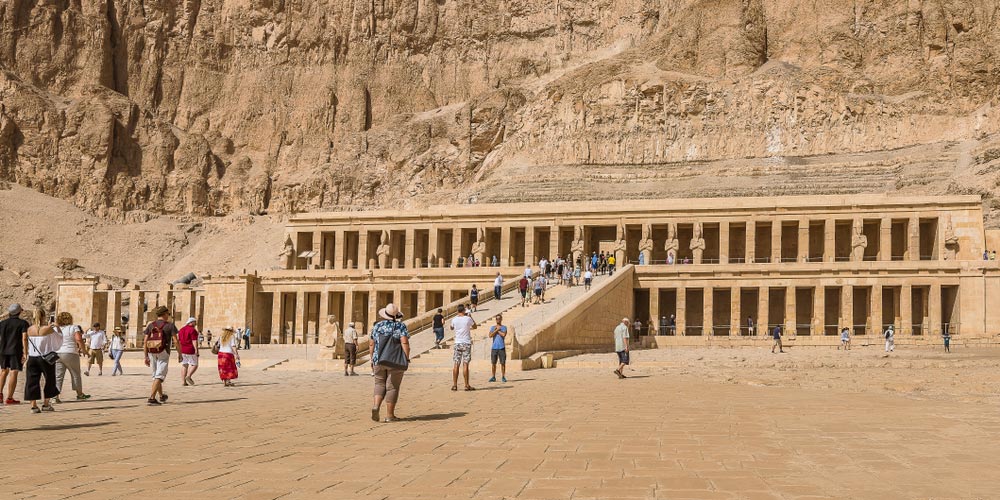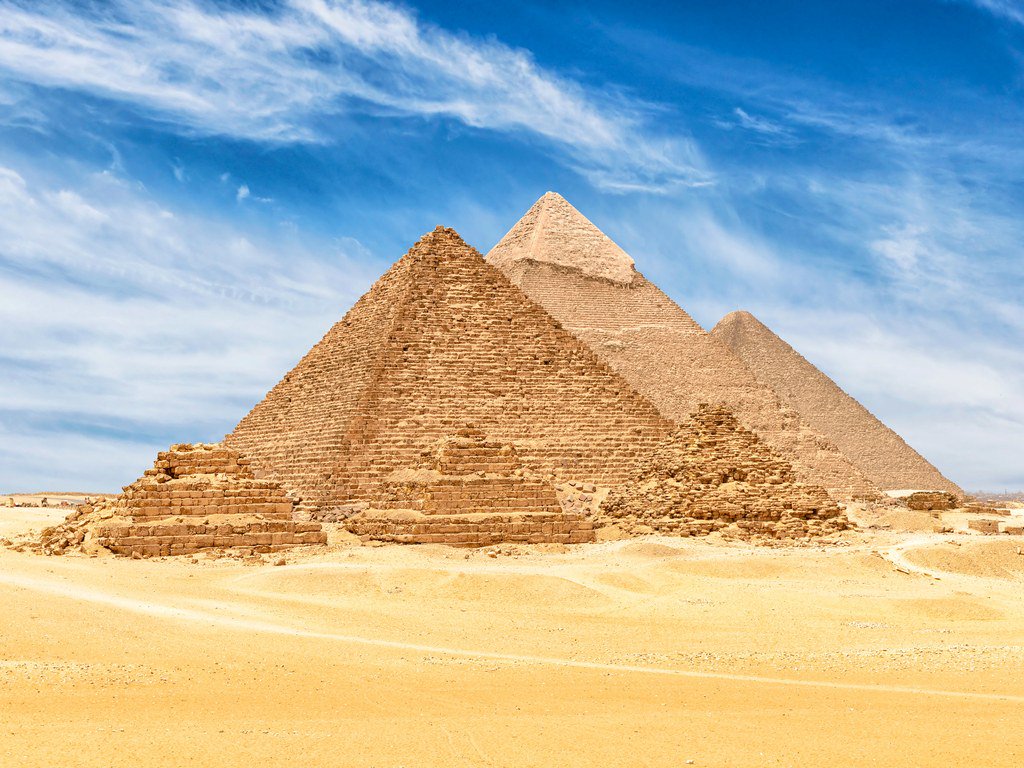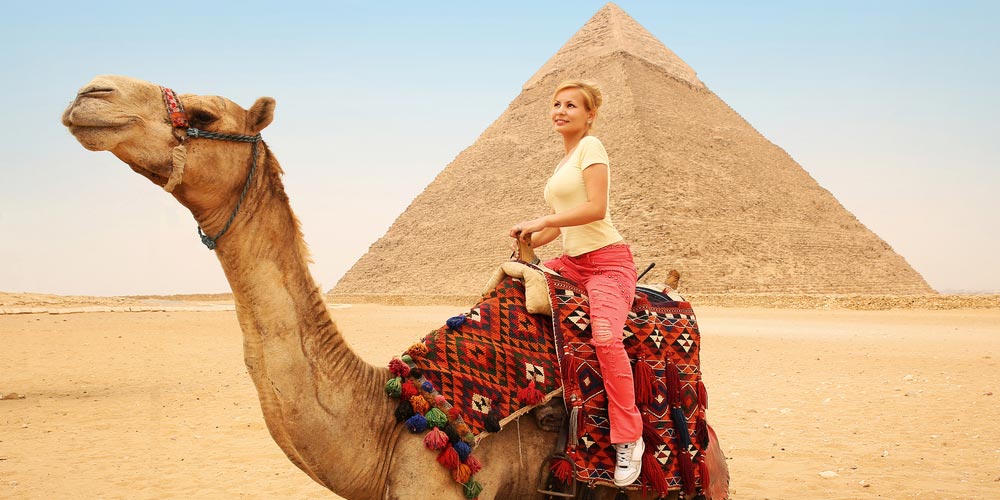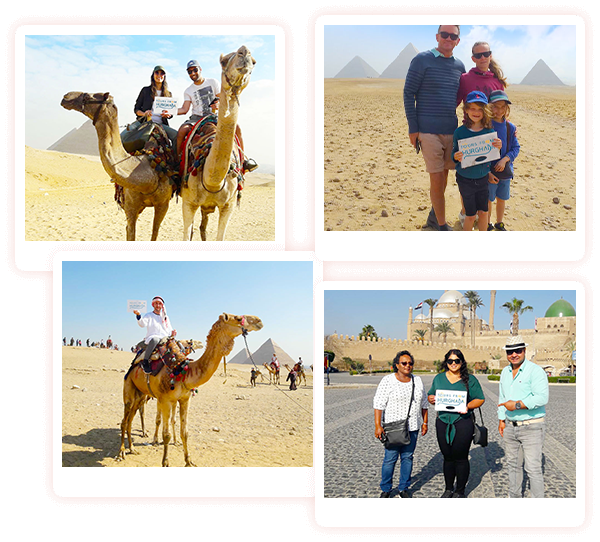Who doesn’t know that historical myth that was widespread among ancient Egyptians? That’s one of the most common myths in Ancient Egypt. That myth is between Osiris (The Killed King), Isis (The Queen), Set (The Brother of Isis and His Killer), and Horus (the son of Isis). That started when Set was so greedy to be Egypt’s king that he killed his brother. That myth has a lot of details to tell us and is influenced by the religious point of view of the past. We can find that in the funerary texts and has a width in Egyptian texts.

Who is Isis?
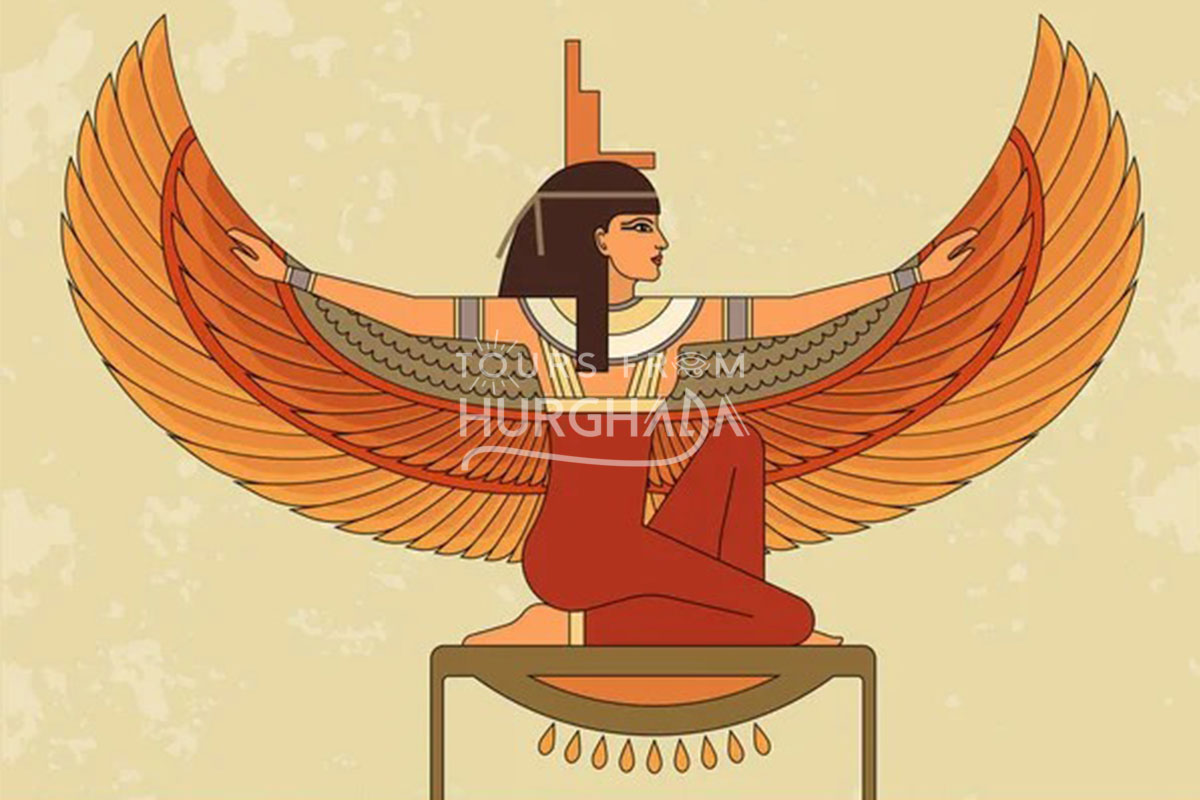
Isis is the main character in our myth. She was a goddess in ancient Egyptian religion. She played vital roles as she was the Queen, the wife, the mother, the inspector, and the mother of all women. She doesn’t have an accurate shape. Inscriptions on the walls of temples symbolized Isis as a scorpion, a bird, and a cow.
She played a lot of roles as she was a main God, a mother, and an adventurer wife. She had a strong relationship with provinces in Upper Egypt so, her Philae temple was the Centre for learning more about the religion of Egyptians and Nubians.

Who is Osiris?
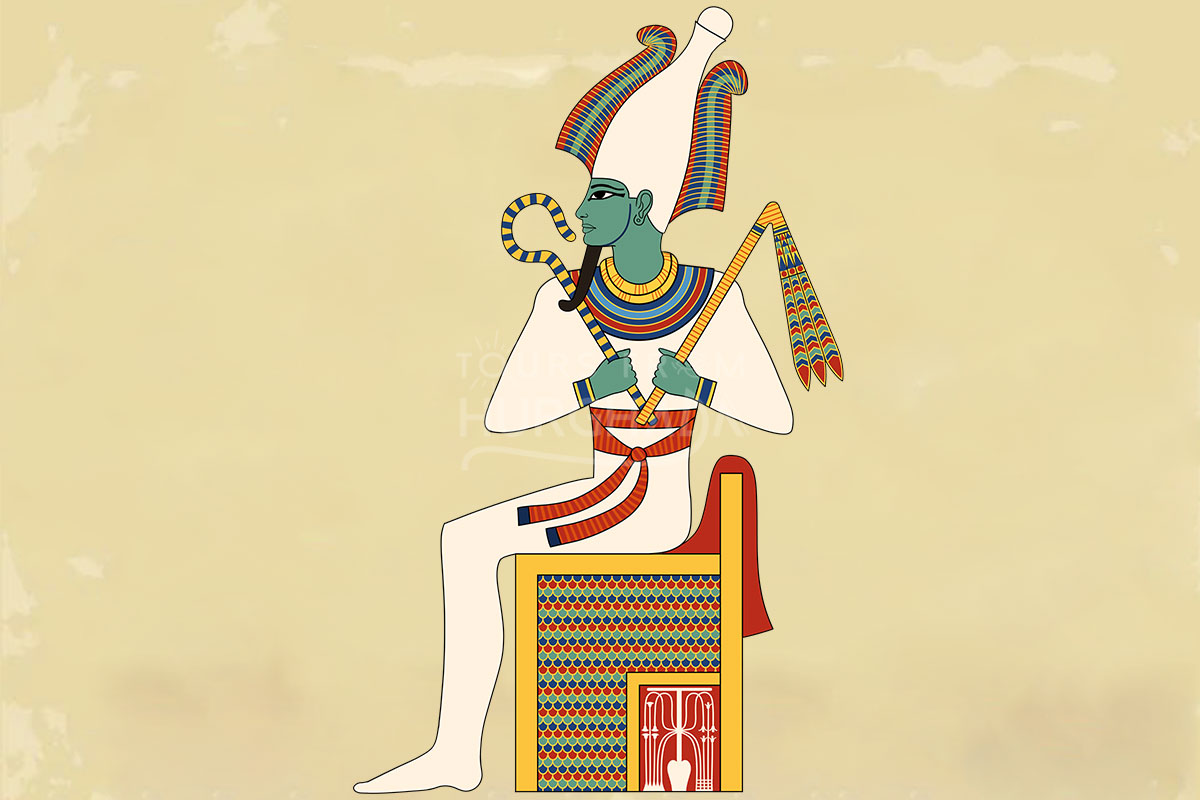
Osiris was known as the god of fertility agriculture, the afterlife, and life and the underworld. The lord of the dead. His myth considers a symbol of wisdom in the afterlife. He is classically depicted as a green-skinned deity with a pharaoh's beard, a partially draped mummy over her legs, wearing Atef's distinctive crown, and carrying a symbolic head and flail. He was one of the first to be associated with mummy wrapping.

Who is Set?
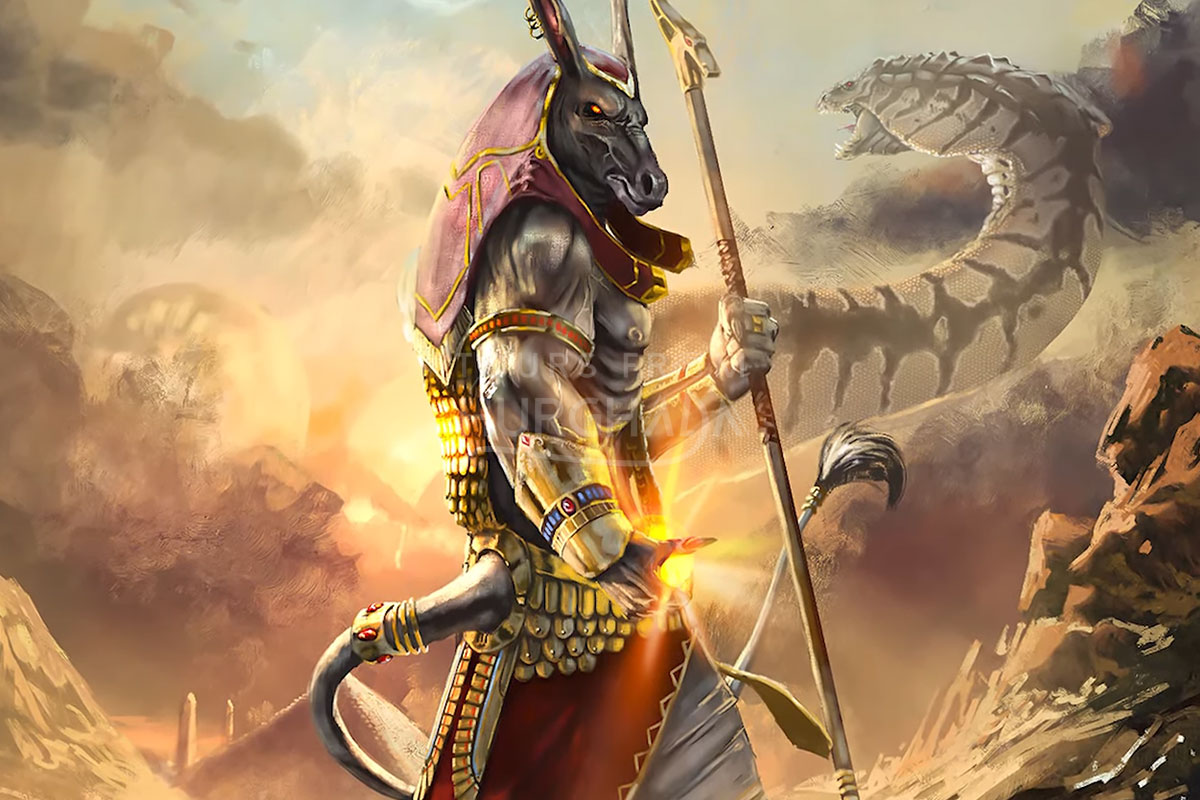
He was the sky god and a god of deserts, storms, disorder, violence, and foreigners in ancient Egyptian religion. He was the lord of the red land as Horus was the god of the black land. In our myth, he symbolizes all evil faces. He killed his brother Osiris and that was the turning point to starting that myth. Set has his own temple that’s famous with an "L" shape in Abydos Upper Egypt.

Who is Horus?
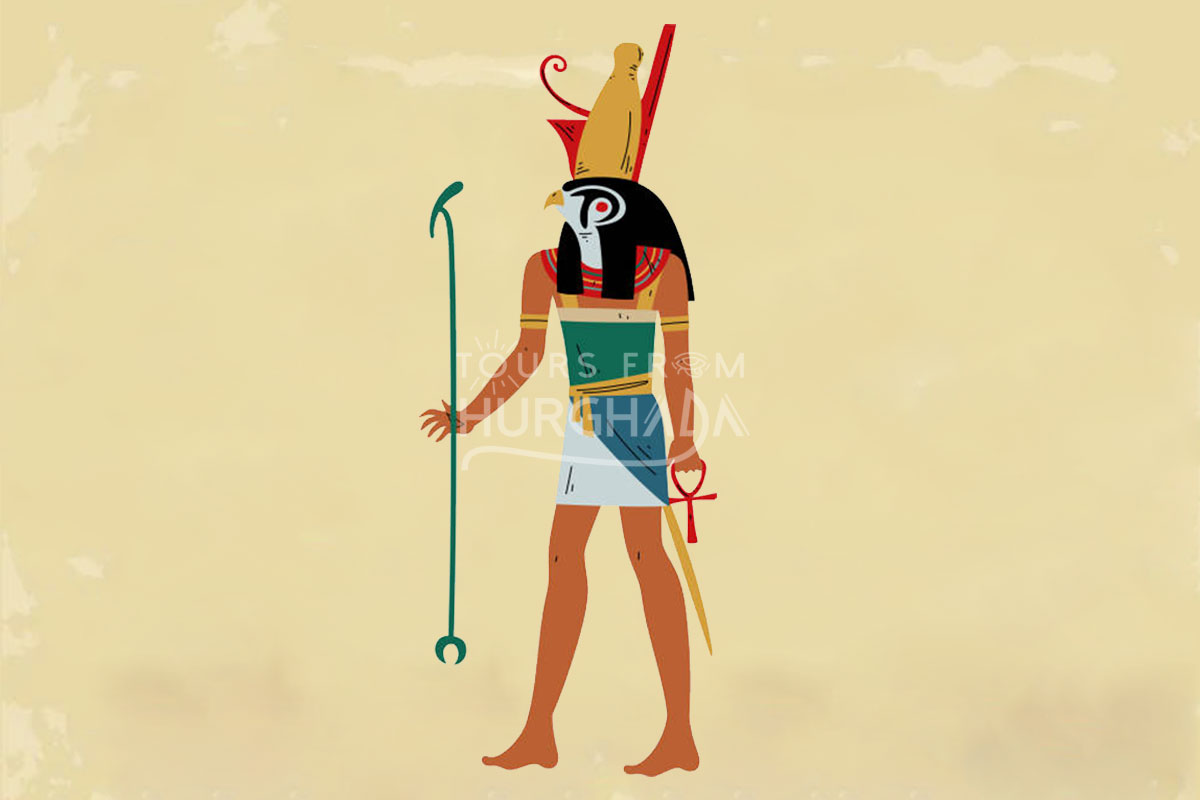
He was the sun god. He is the son of Isis. He has a temple that carries his own name that lasted 200 years to build. He was a symbol of justice, as he took revenge on his uncle set who killed his father Osiris so he was famous as "His Father's Protector".
The myth has a lot of acts so let’s enjoy the mixed feelings between the characters as history says and the inscriptions on the temples’ walls tell us.

The Story of Killing Osiris on His Brother's Hands Set
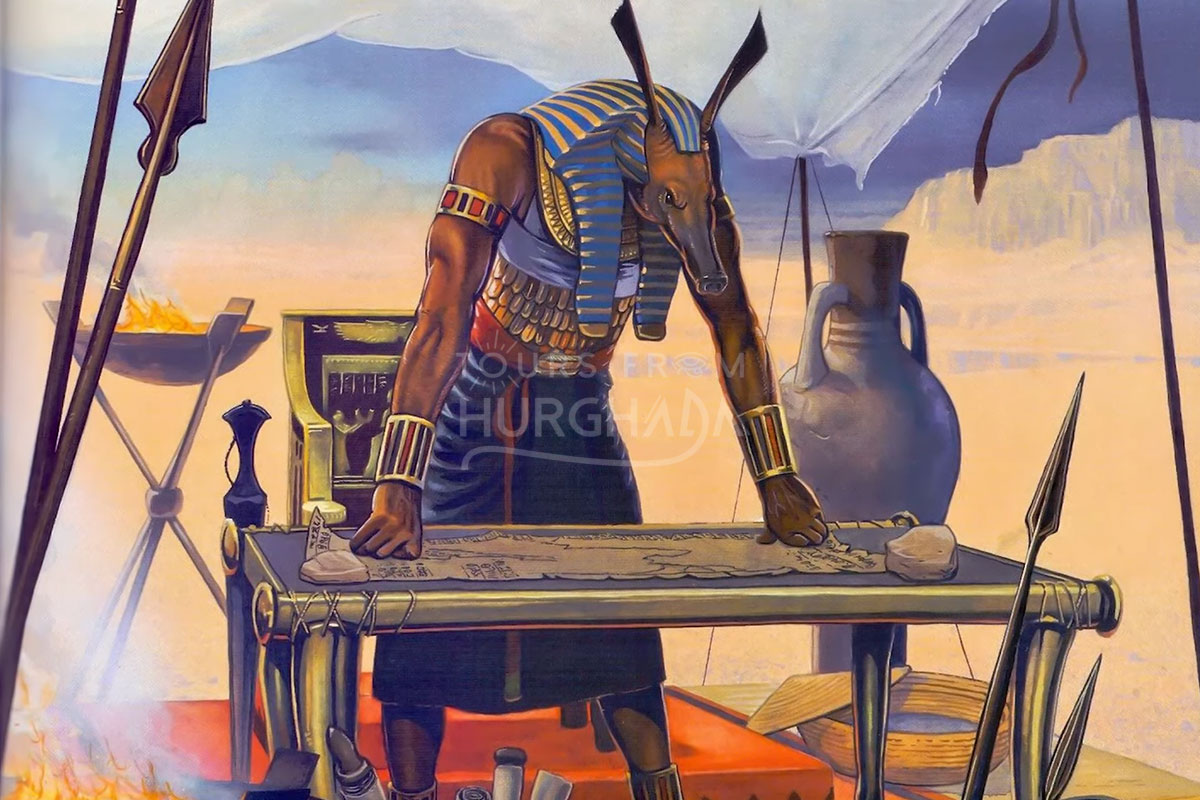
The myths started with the greed of Set who was the brother of Osiris. That made him in a conflict that ended with killing his brother to be the king. Set took his brother’s measurements of his body and built a chest with that accurate measures.
He stood in public to everyone to measure how fit his chest was. And told if it fits anyone I’ll give him a prize. But, it hadn’t suit anyone except Osiris. When he lay in the chest it became his coffin. He prepared the chest with nails and even Osiris entered he closed the chest and threw it through the Nile. The running water of the Nile took him through and moved along distance till it lay in Lebanon.
Isis was a determined woman that she was enthusiastic to find her husband and what the results be. She started to search and made it extensive till she found his dead body. After tries and effort made king Set achieved to steal his dead body again. But, that time he cut his brother’s body into 42 parts. He distributed it to all provinces (regions) of Egypt. Isis hadn’t given up and also searched all of Egypt till she collected his body parts.
That myth came in parts or particularly not completely because of the regional conflict in Egypt at the beginning of history. Some parts of that myth come in a variety of groups of Ancient Egyptian texts starting from funerary texts and magic talismans to the short story.

Sources of the Myth
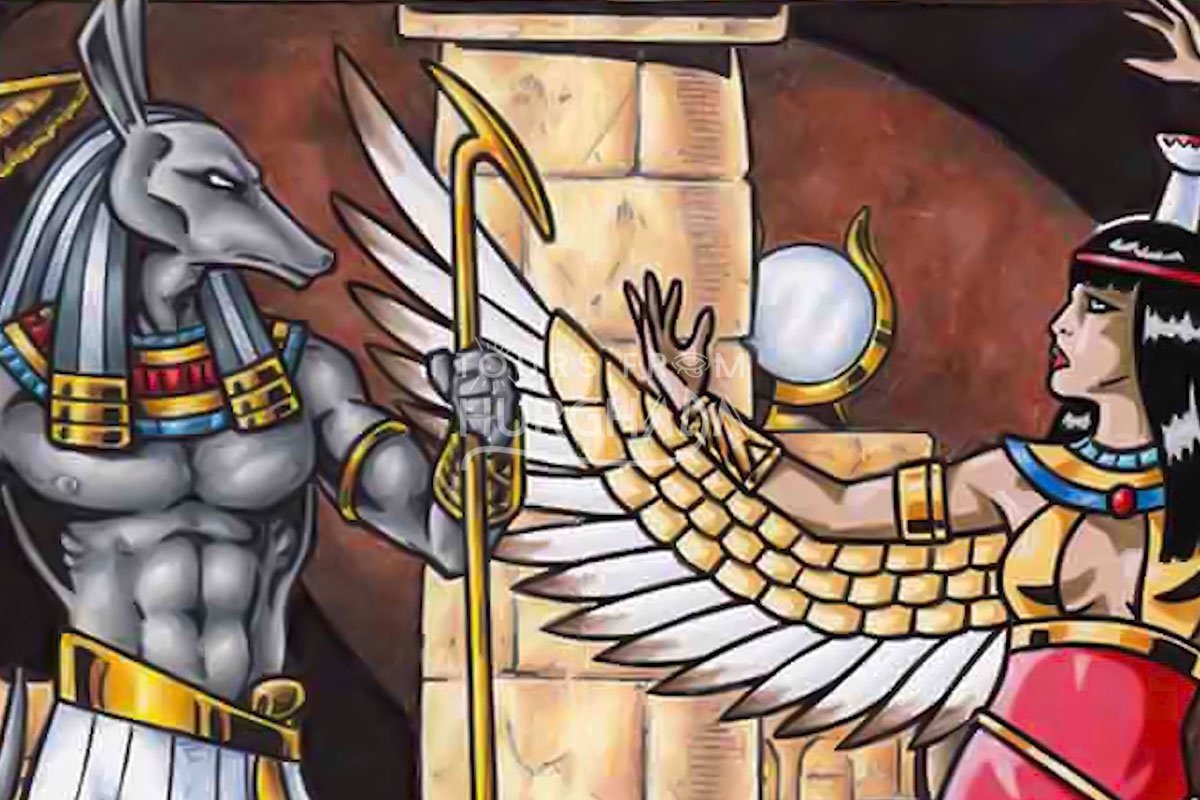
The myth had an important value in Ancient Egyptian religions. It was common among the public as it belongs to a religious meaning. Also one of its common reasons is the characters and their feelings near to the real life of the people than any historical Egyptian legend. That myth symbolizes the strong loyalty and deduction between the family members. The myth of Isis and Osiris seems somewhat disjointed and rich in symbols. But when compared to other legends, they are more like coherent narratives.
The legend was first mentioned in the pyramid’s inscriptions which considers the first funerary ancient Egyptian texts that appeared on the walls of the pyramid. That appears the importance of life after death and the reckoning of death as found in the inscriptions in the book of the dead that shows Osiris and his four sons standing in front of the dead person who says the good things he did then the dead’s heart being weighted and they put a feather on the other palm of the scales so they know is he right or wrong and in order he has after death life or the beast eat him.

Born of Horus
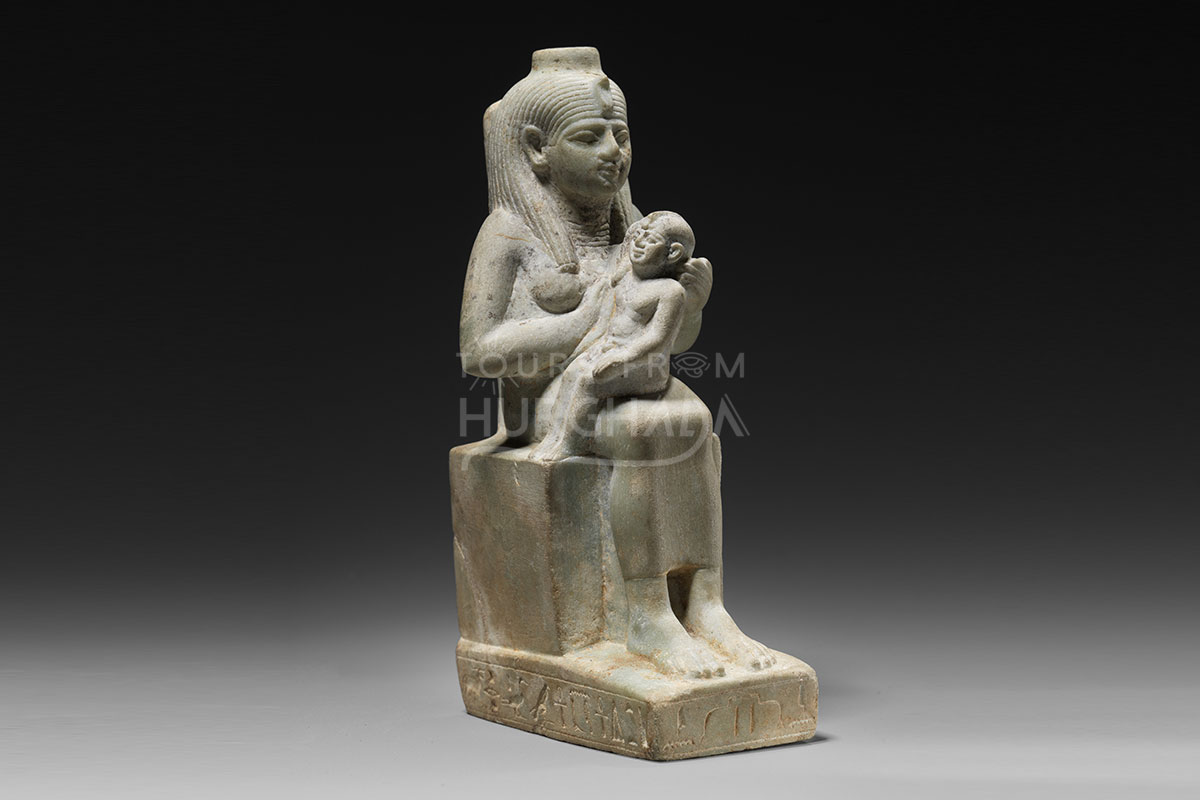
The inscriptions on the temple’s wall provide copulates with the deceased Osiris and Isis in her human shape. She disappeared with her baby since he was the embryo. She took care of him from when he was born till he grew up. Some of the inscriptions and sculptures appear how Isis was breastfeeding Horus. Others appear weak and she is taken care of by nursing and using magical incantation to make him safe when she leaves him alone. That is symbolized by 4 scorpions that came to guard and protect them. That symbols how the mother affords more than her energy to make her sons better than themselves.
It’s common that he had a snake bite. That reflects the Egyptian fears about the snake’s bite and what comes behind from poisons and illness. They consider that aggressive creatures are from Set’s aides. Isis in that time can use her magical power to protect her son but, sometimes she asked God to be with her in her son’s protection. She considers the deducted ideal mother in that myth.

The Conflict Between Horus and Set
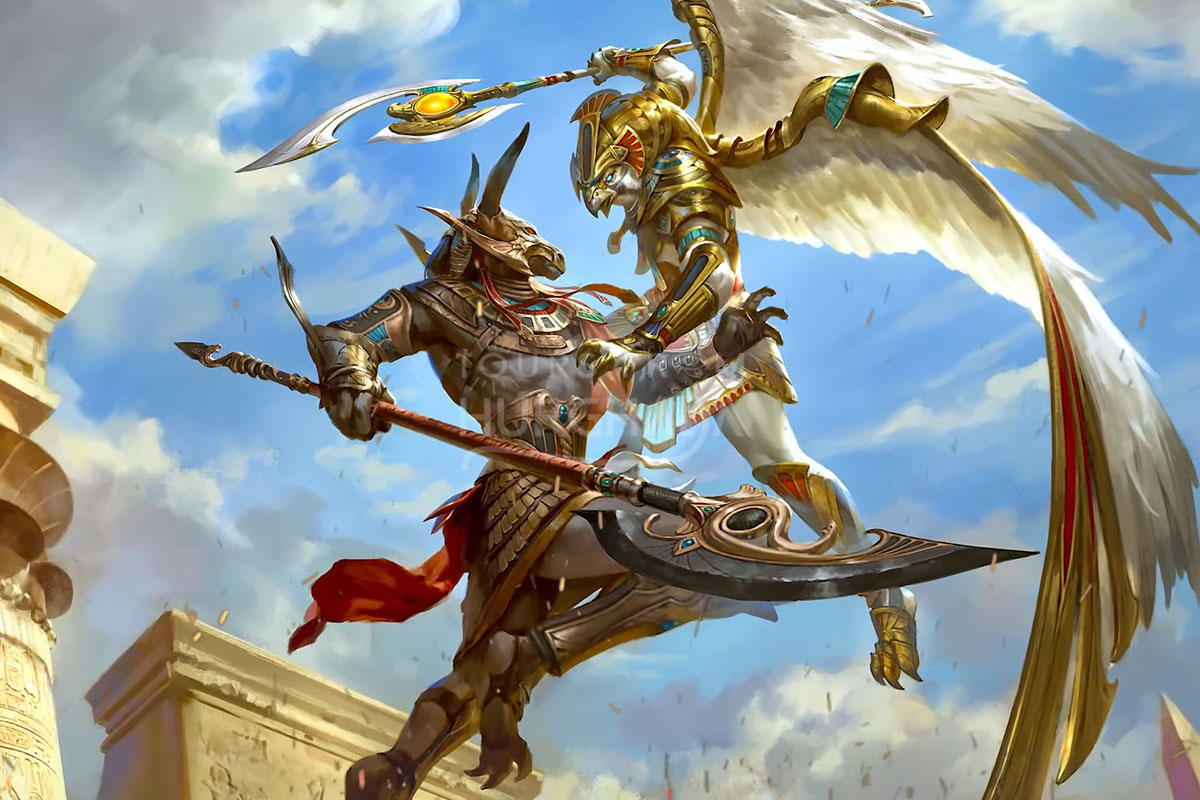
That starts between them on the throne of Egypt. The conflict between them seems violent. We can describe it as a legal trial. That legal trial determines who has the right to inherit the kingship. That conflict includes several parts as, they compete in various types of competitions such as a boat race or wrestle each other in the guise of hippos, to determine the victor. In that competition, Horus beats Set. Despite that, the conflict continues for 80 years. They used their own ways to hurt each other but Set succeeded to damage Horus’s eye and cut it into pieces.

End of the Story
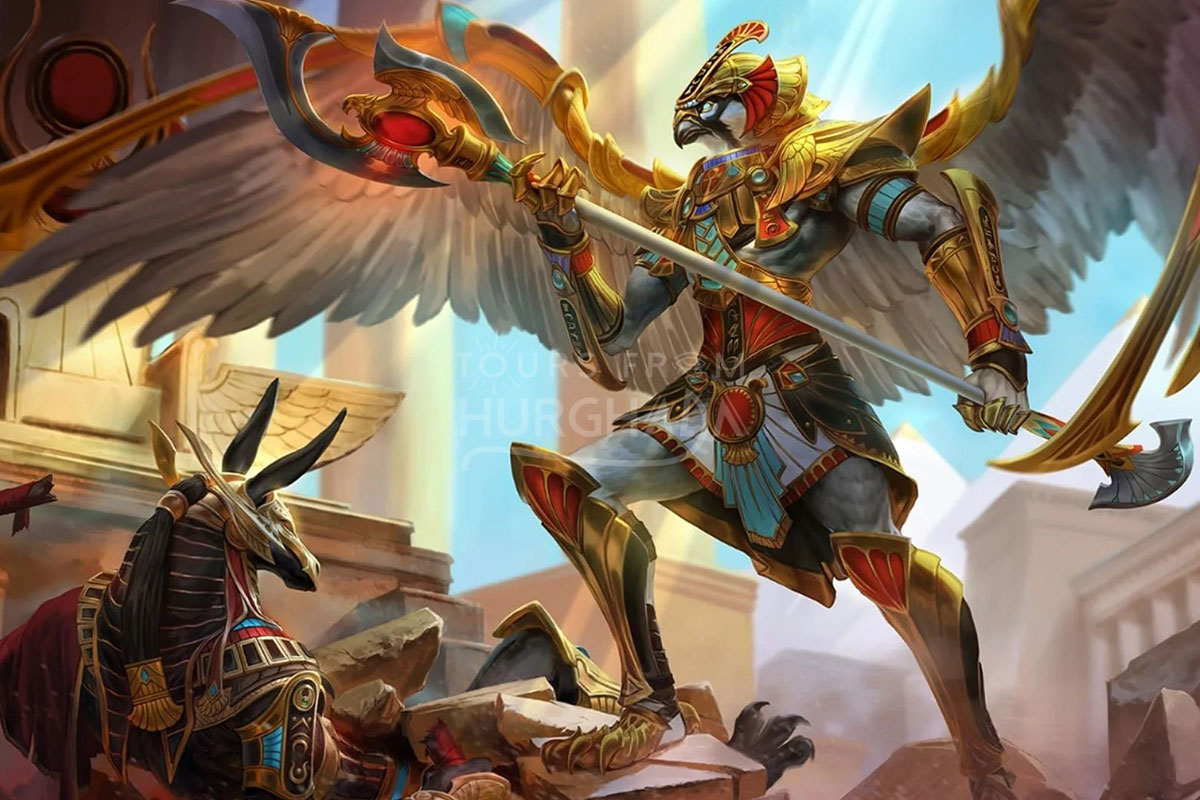
The story has an unknown end. The throne is back to Horus the legal king. After that stormy conflict, Set is considered the representative of evil and chaos. Egyptian no longer see him as the complete to the ordinary system they used. In several celebrations between gods, Horus takes the throne. Set was forced to carry Osiris’s chest with his body to the tomb as a punishment. The new king performs his father’s funerary rites and oblation of food and Horus’s eye also. By that Osiris can live in death life and take his position as God of death.

Origins & Influence of the Story
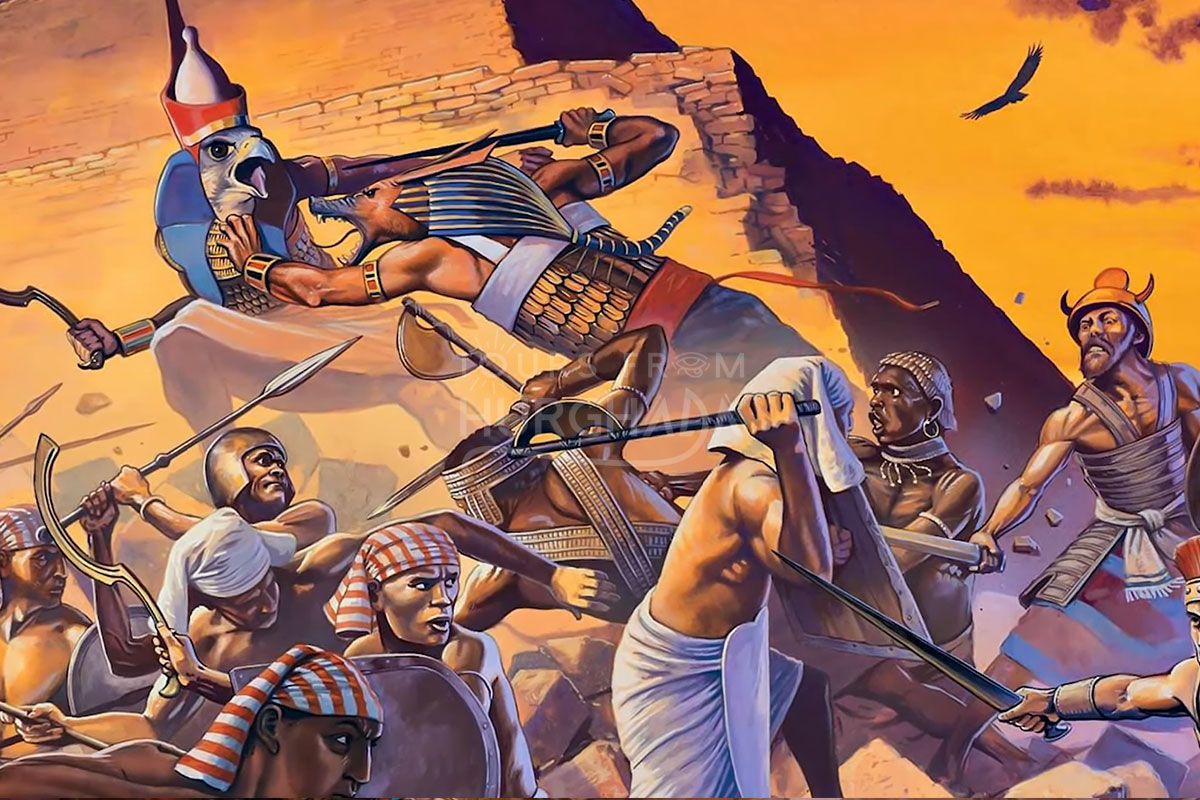
As that myth appeared for the first time in the pyramids texts so, some of its essential events were performed before the writing of that texts. The special parts like Osiris’s death and restoration, Horus’s childhood, and his conflict with Set. What examples are Separate legendary episodes? But, that connected as one story in the pyramids texts that made these parts are loosely connected. A lot of the story parts are influenced by religious thoughts.
That myth had a widespread than any myth. Since at least the time of the Pyramid Texts, kings have hoped that after their death they could simulate Osiris' return to life and his rule over the empire of the dead. As Osiris became more important, so did his popularity. At the end of the Middle Kingdom, the tomb of the ruler of the First Dynasty, Khent-ger, near the main center of the cult of Osiris in the city of Abydos, was considered the tomb of Osiris. Hence, the tomb became very focused on the cult of Osiris.

Conclusion
Osiris was an ancient Egyptian god, considered the god of the afterlife, the underworld, and rebirth. He was worshipped by the people of Egypt for thousands of years, and his mythology played a major role in Egyptian religion and culture.
Our tours from Hurghada often include visits to temples and tombs associated with Osiris and other Egyptian gods, as well as sites where the rituals associated with Osiris were performed. Some of the most popular tourist destinations associated with Osiris include the Temple of Abydos, where an annual festival was held in his honor, and the tomb of Tutankhamun, which was believed to be connected to Osiris and the afterlife. Book your tour today and embark on an unforgettable journey through the land of the pharaohs!
From: $370/Per Person
2 Days / 1 Night
Overnight Trip to Cairo from Hurghada By Plane
Private overnight trips to Cairo from Hurghada by plane to visit the most famous historical and cultural ...
From: $370/Per Person
2 Days- 1 Night
Two Days Cairo and Luxor Trip from Hurghada
Enjoy a gorgeous two days Cairo & Luxor trip from Hurghada to visit the best attractions of Pharaohs, the...
From: $250/Per Person
2 Days / 1 Night
2 Day Trips from Hurghada to Cairo by Car
Enjoy an amazing 2 day trip from Hurghada to Cairo by car and Join by a professional Egyptologist guide t...
From: $530/Per Person
3 Days / 2 Nights
3 Days Tour to Cairo, Abu Simbel & Luxor from Hurghada
Enjoy 3 days tour to Cairo Abu Simbel Luxor from Hurghada by discovering the top of Cairo, Luxor, plus th...



